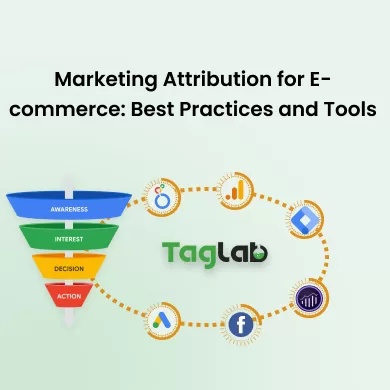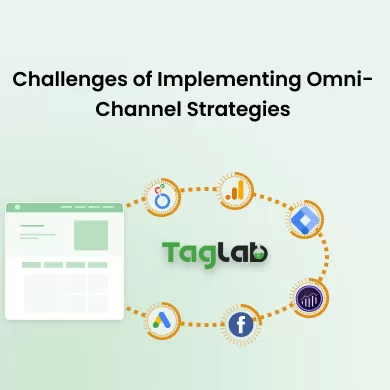Your cart is currently empty!
Account-Based Marketing (ABM) Term Meaning
Posted by:
|
On:
|
Account-Based Marketing (ABM) is a strategic approach to business marketing in which an organization targets a specific set of accounts that are identified as high-value prospects. Instead of broad-reaching marketing campaigns, ABM focuses on creating personalized campaigns tailored to the needs and characteristics of each target account. This approach typically involves close alignment between marketing and sales teams to deliver highly relevant messaging and solutions that resonate with the decision-makers within these accounts.
Detailed Explanation
Account-Based Marketing (ABM) is increasingly adopted in B2B marketing as it allows companies to focus their resources on accounts that have the highest potential for conversion and revenue. Key aspects of ABM include:
- Targeted Marketing: ABM involves identifying a set of high-value accounts and tailoring marketing efforts specifically to these accounts. This often requires deep research and understanding of each account’s needs, challenges, and goals.
- Personalization: Marketing messages, content, and campaigns are customized for each target account to address their specific pain points and opportunities, making the outreach more relevant and effective.
- Sales and Marketing Alignment: ABM requires close collaboration between sales and marketing teams to ensure that messaging, timing, and strategy are aligned, resulting in a more cohesive and effective approach to engaging target accounts.
- Measurable ROI: Because ABM focuses on specific accounts, it is easier to measure the return on investment (ROI) of marketing efforts by tracking engagement, conversions, and revenue generated from these accounts.
- Long-Term Relationships: ABM aims to build long-term, sustainable relationships with target accounts by continuously delivering value and addressing their evolving needs.
To successfully implement ABM, organizations need to carefully select target accounts, develop personalized content and messaging, and continuously monitor and adjust their strategies based on the results. ABM can be a powerful approach for companies looking to maximize the impact of their marketing efforts on key accounts.
Key Points
- What it is: A strategic marketing approach that focuses on targeting specific high-value accounts with personalized campaigns tailored to their needs and characteristics.
- Why it matters: ABM allows organizations to focus their resources on accounts with the highest potential for conversion and revenue, resulting in more efficient and effective marketing efforts.
- How to use it: Implement ABM by selecting target accounts, developing personalized content and messaging, aligning sales and marketing efforts, and continuously monitoring and refining your approach to maximize results.
Examples
- Customized Outreach: A software company identifies a set of target accounts in the financial services industry and creates personalized content, such as white papers and case studies, that address the specific challenges faced by these companies. This tailored approach helps the company establish credibility and build relationships with key decision-makers.
- ABM Campaign: A B2B marketing firm runs an ABM campaign targeting top accounts by hosting exclusive webinars and events that are relevant to the needs and interests of these accounts. The personalized invitations and follow-up materials strengthen the relationship and increase the likelihood of conversion.
Related Terms
- B2B Marketing
- Personalization
- Sales and Marketing Alignment
- Targeted Advertising
Frequently Asked Questions
What is Account-Based Marketing (ABM)?
Account-Based Marketing (ABM) is a strategic marketing approach where a company targets specific high-value accounts with personalized campaigns tailored to their needs and characteristics.
Why is ABM important for B2B marketing?
ABM is important for B2B marketing because it allows companies to focus their resources on the accounts with the highest potential for conversion and revenue, leading to more efficient and effective marketing efforts.
How do you implement an ABM strategy?
To implement an ABM strategy, start by selecting target accounts, developing personalized content and messaging for each account, aligning your sales and marketing teams, and continuously monitoring and refining your approach to maximize results.



